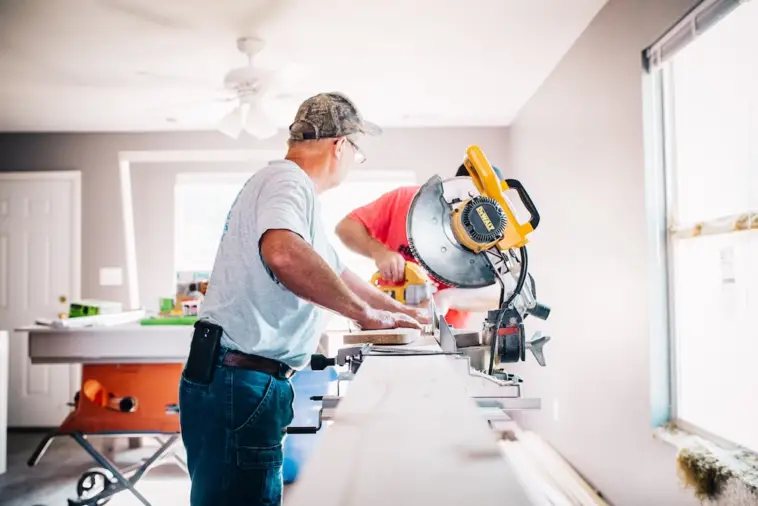
In an age where the term ‘throwaway society’ is regularly bandied about, the art of home restoration stands out like a beacon of sustainability and prudent financial strategy.
Home restoration, which refers to returning a property to its original state through repair or alteration, provides both aesthetic and financial benefits. It’s often a more economical and eco-friendly alternative to frequent, costly repairs.
This article will delve into the practical and financial advantages of home restoration and provide you with an understanding of why it can be an economically smarter choice.
Understanding Home Restoration
Home restoration is a process involving various techniques and materials aimed at preserving the original charm of a property while improving its utility and condition. This can involve tasks such as restoring original flooring, repairing plaster, maintaining architectural details, and even addressing signs of roof damage. While restoration can be a DIY project for minor tasks, larger endeavors often involve professionals such as architects, interior designers, contractors, or craftsmen.
The Cost Factor: Restoration vs. Repairs
A significant advantage of home restoration over regular repairs lies in its cost-effectiveness. Repairs typically address immediate issues without considering the overall health and longevity of the property. On the other hand, restoration is a holistic approach that seeks to improve the structural integrity and value of the home.
For example, constant roof repairs might address immediate leaks, but restoration could reveal underlying issues such as poor insulation, leading to long-term energy savings. While the upfront costs of restoration might be higher, the long-term financial savings from avoiding future repairs and increased home value make restoration a wise investment.
Restoration and ROI: A Financial Perspective
The financial benefits of home restoration extend beyond cost savings from reduced repairs. Restoration can significantly increase a property’s market value, offering a high ROI when it’s time to sell. Preserving a home’s unique features and historic character can make it highly desirable in the real estate market. Furthermore, local and federal tax credits for historic preservation can also offset some restoration costs, making the endeavor even more financially appealing.
Legal and Safety Considerations
Home restoration also helps ensure that a property is safe and up-to-date with current building codes and regulations. During restoration, outdated and potentially hazardous elements such as old wiring or asbestos can be safely removed and replaced. Furthermore, ensuring your home complies with local building codes can avoid legal troubles and fines down the line.
Sustainability and Home Restoration
Home restoration is not just about the money; it’s also about preserving history and being kind to our planet. Instead of contributing to landfill waste with discarded materials from regular repairs or extensive remodeling, restoration repurposes and preserves existing materials. This approach reduces the demand for new materials, resulting in a smaller carbon footprint and a home with a unique, authentic character.
Consider Restoration vs. Repair
Choosing home restoration over frequent repairs is not only a celebration of the property’s history but also a smart financial decision. By understanding the cost implications, potential ROI, and the value of sustainability, homeowners can make an informed decision that benefits their pocket and the environment. So, before you decide to embark on another repair, consider the holistic, cost-effective, and eco-friendly approach of home restoration.
Whether you’re a homeowner, real estate investor, or simply a DIY enthusiast, understanding the economics of home restoration can have a significant impact on your property decisions and, ultimately, your financial bottom line.




